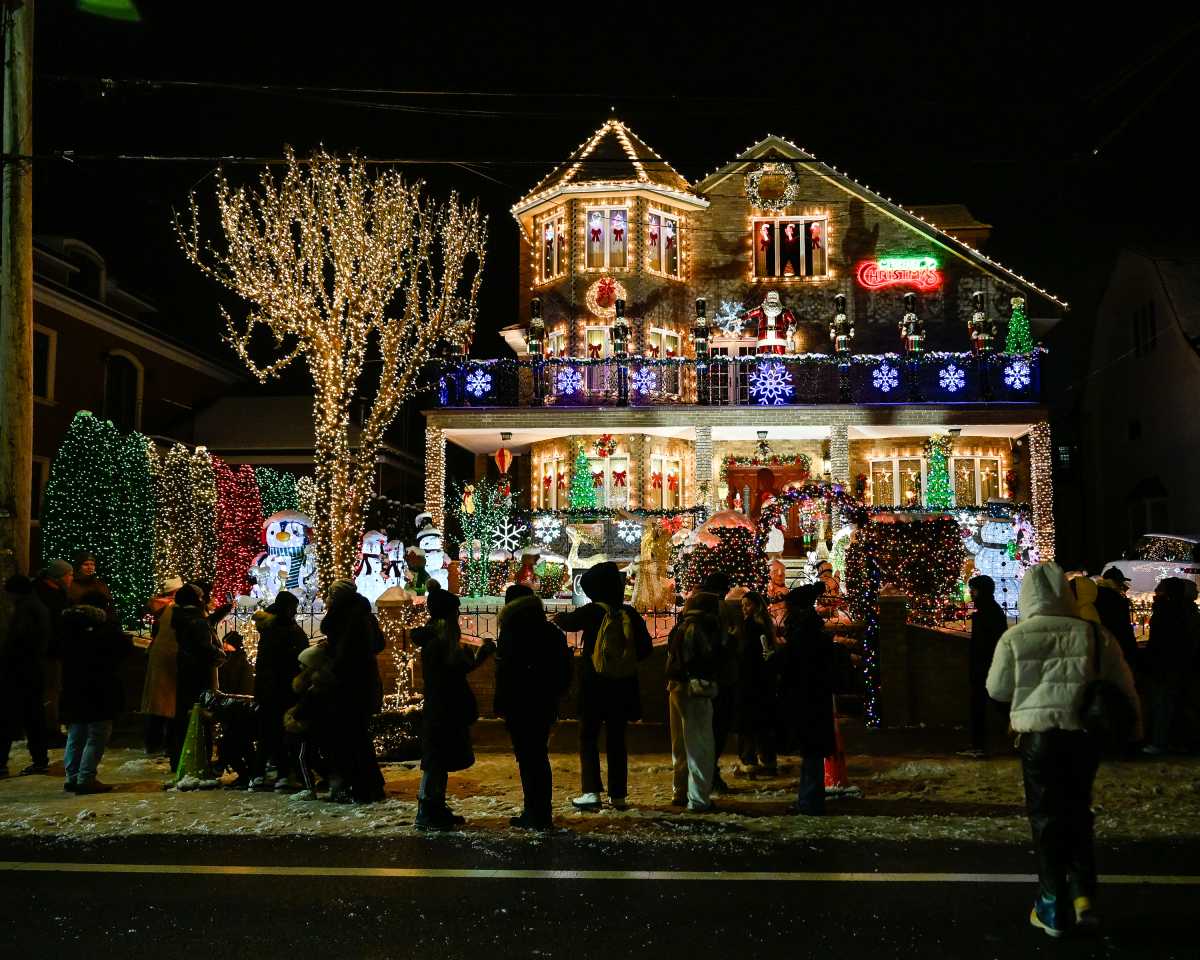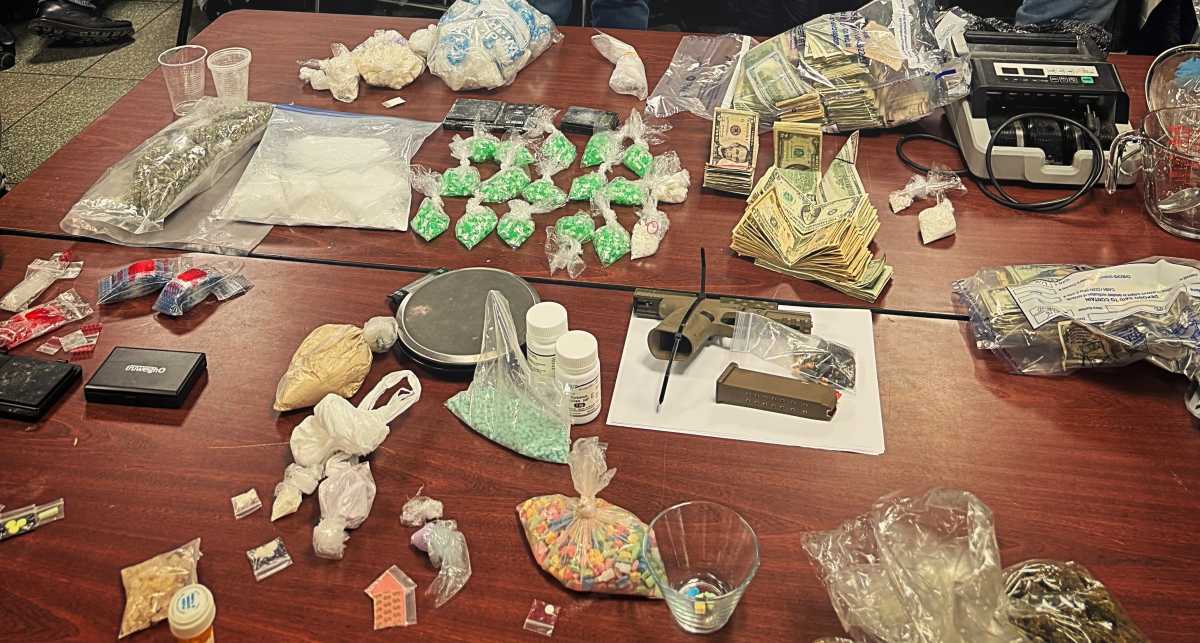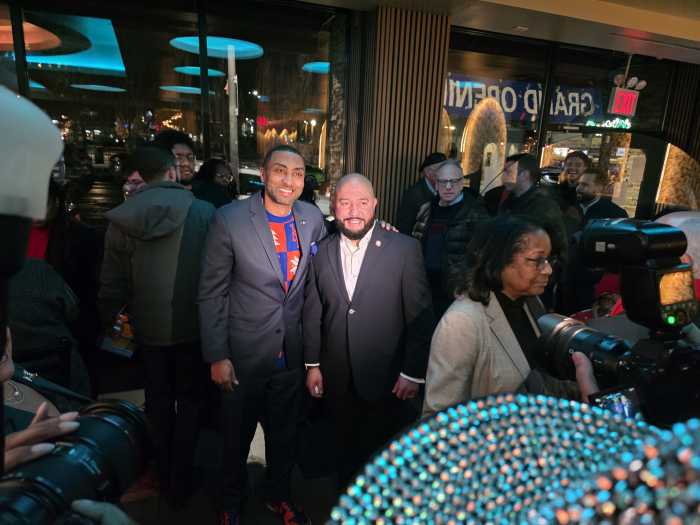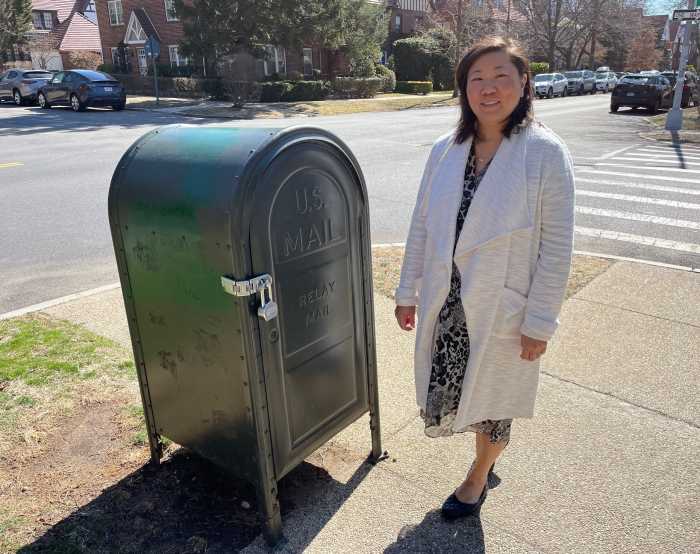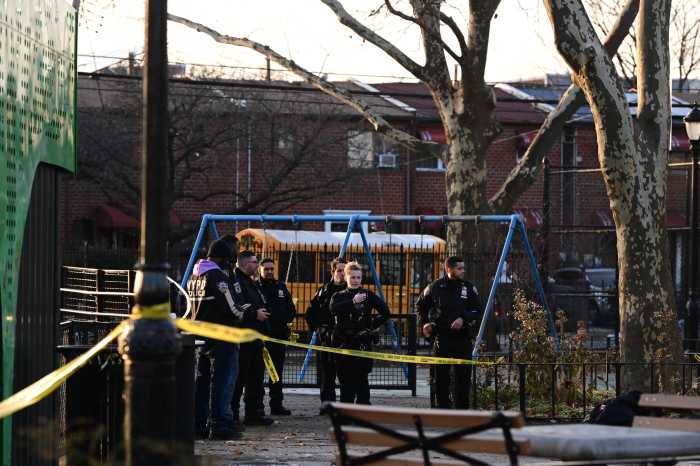Imam Adoum, 28, currently resides in Mayor Eric Adams’ Randall’s Island tent city, a large shelter touted by the current mayoral administration as a safe space for new arrivals — yet the migrant from Chad says he couldn’t feel any less secure.
Serving as both a home of necessity and a prison from which he yearns to escape, Adoum is but the latest casualty of a political spat between Republicans and Democrats.
The French-speaking Adoum came from the Republic of Chad in central Africa seeking a better life. While Chad is known to be rich in gold, oil and uranium, it remains one of the five poorest countries in the world, according to a United Nations Human Development report. More than six million Chadians need humanitarian assistance–access to food, water, and shelter—according to the report; thousands of Sudanese refugees, meanwhile, flock to the country due to the renewed conflict in Sudan.
For many African migrants, the pursuit of the American Dream has never seemed so exhausting and unattainable. From the border to the Big Apple, amNewYork Metro has followed Adoum’s journey as he struggles to survive amidst an ongoing war between two political parties.
Over the past two years, the Adams administration has struggled to deal with the influx of tens of thousands of migrants into New York. While establishing large makeshift shelters at Randall’s Island and other locales, finding permanent housing for the newcomers has been a struggle — as have helping the migrants obtain green cards or work visas to find jobs and gain independence in their new homeland.
Mayor Adams has repeatedly called upon the Biden administration to do more. The White House has sent some relief, but has claimed it can only do more with new funds approved by Congress. And with Republicans in control of the House and staunchly against any new border bills, a new round of federal relief for New York City is not likely anytime soon.
That spells bad news for migrants like Adoum, who remain stuck in the migrant shelter system and desperate for a way out.
The long journey


With his father dead and his mother only earning 50 euros a month, Adoum set out to America in hopes of providing for her from afar. Selling her small home, his mother afforded him the money to take a boat from Chad. After an arduous journey, he landed on May 1 at the border city of Tijuana, Mexico where border police swiftly stopped him and took him into custody.
“I was put in handcuffs and brought to the detention center where I spent a day and a half,” Adoum explained with the help of a translator.
Adoum says he was given food and fingerprinted before receiving a plane ticket from San Diego to JFK Airport. Adoum had heard exciting things about New York City — that it was welcoming and offered ample opportunities to those pursuing the American Dream.
However, now living inside of the Humanitarian Emergency Response and Relief Center (HERRC) on Randall’s Island, he says things are not much better in the Empire State. Despite harboring a great desire to work, he is left in limbo in a place he says he fears for his safety.


“It’s not good here, I just want the right place,” Adoum said.
Fear in the tent city
Meeting with amNewYork Metro outside of the Randall’s Island facility as people came and went under the watchful eyes of security personnel, Adoum said was still wearing much of the same clothing he had been when he arrived in the United States.
He says he is scared inside of the tent city; fellow residents attempt to steal his belongings while he is given limited access to food. Almost akin to jailhouse rules, currency has taken the form of exchanging cigarettes since when he says when he asks for extra food or other items from staff he is turned away and often goes to bed hungry.


During amNewYork Metro’s visit to the HERRC, reporters observed individuals urinating in public and large gatherings assembling around the area, creating a frantic, poverty-ridden atmosphere for those dwelling on the island.
There also appeared to be a large disparity in wealth between some asylum-seekers, with some sitting in deck chairs listening to music dressed in designer clothing and wearing gold chains and watches; while others, like Adoum, did not even have a single dollar in his pocket or any meager belongings.
Despite the difficulties living in the area, Adoum also lives in fear of being kicked out of the HERRC, concerned he will have nowhere else to go.
Having grown up in hardship, fled his country seeking protection and safety from the turmoil underway in Chad, traveling thousands of miles from another continent, only to face more adversity far from home, Adoum remains undeterred.
He said he has registered for school to help learn the immigration process with the ultimate goal of being able to find work, leave the HERRC behind, and aid his mother.
Until then, he is like so many other migrants now in New York — waiting for real relief to come.
Translation by Marie Ange Baptistin
Read More: Annual NYC Celebration Features Spectacular Fireworks Display





























